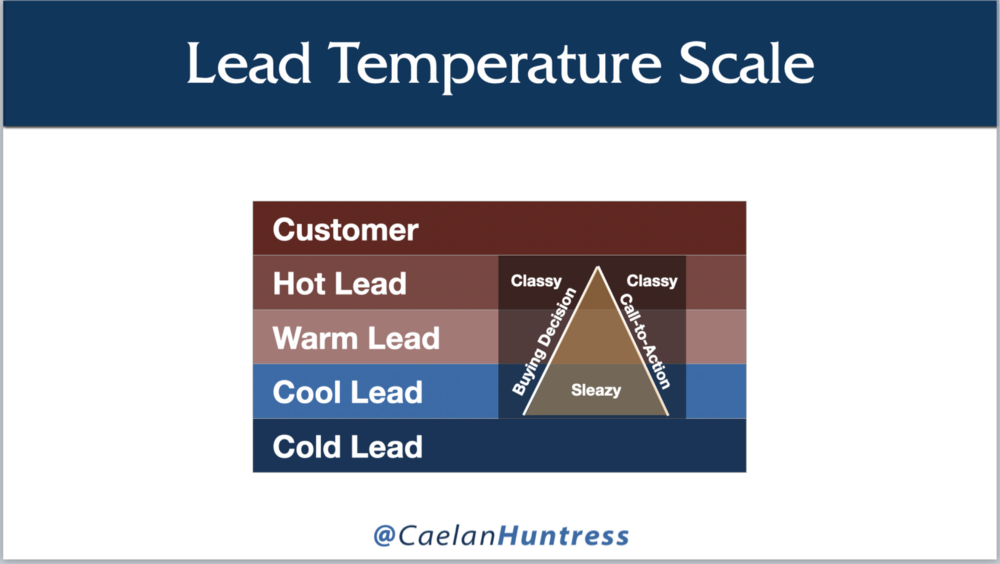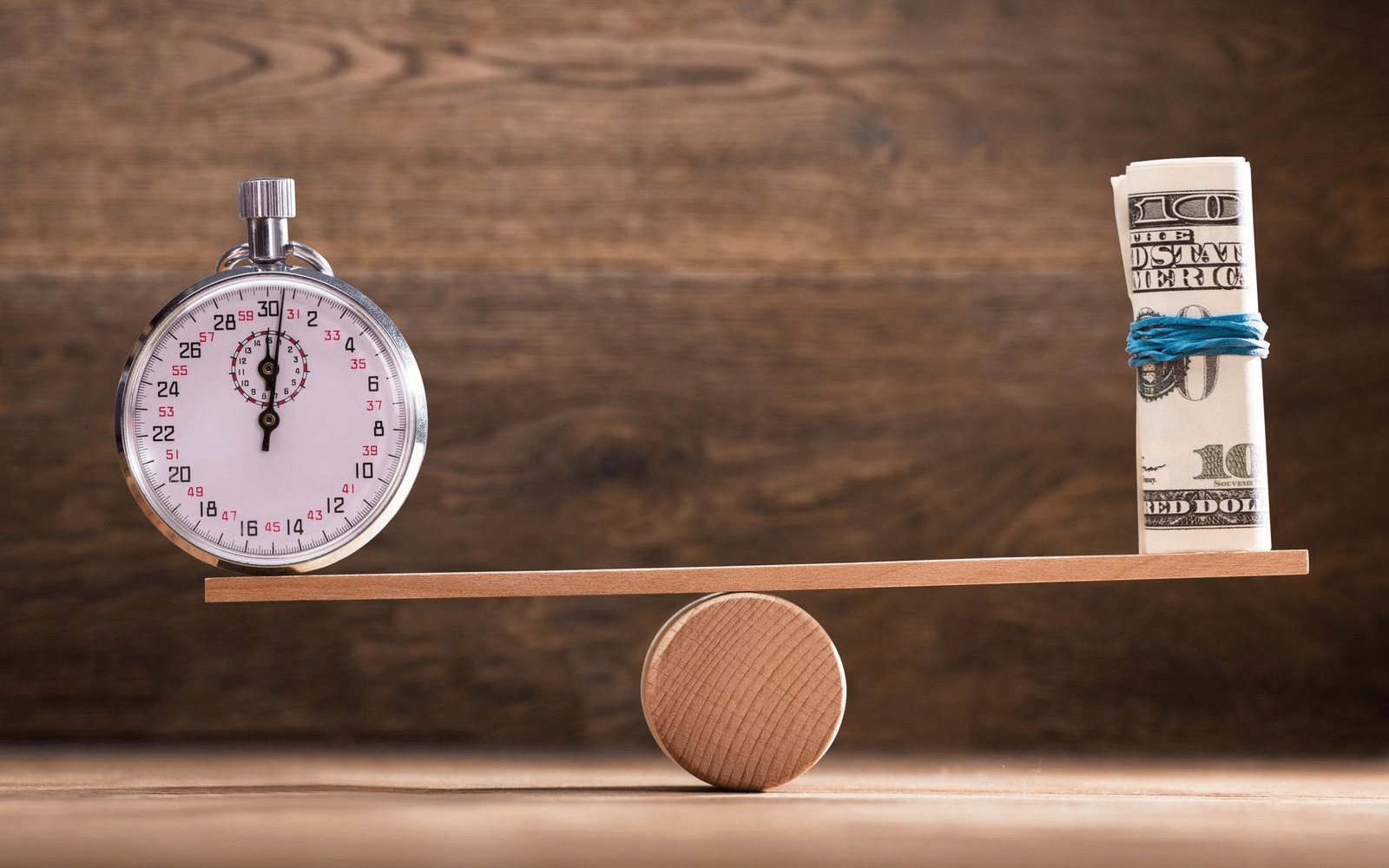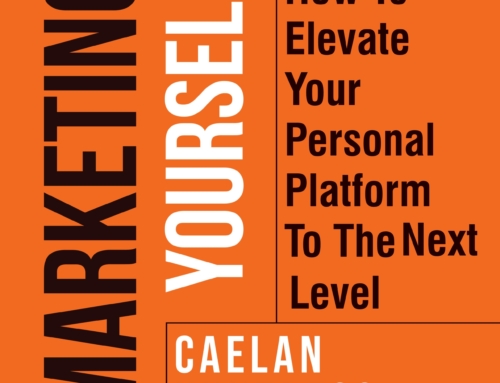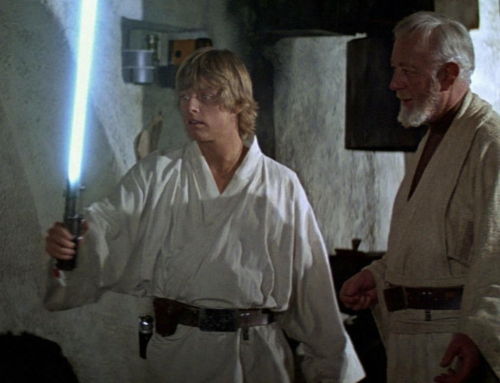Selling feels sleazy when you ask for commitment too early
On the same day, I received a party invitation and a sales pitch. One of them made me very uncomfortable, and the other did not.
The sales pitch was on a used car lot. I happened to be walking by, and on a whim, I wandered in to look at some prices. Smelling a potential customer, a salesperson came over and quoted me a price. When I shrugged, he used all sorts of sleazy tactics. This was my only shot at getting a deal like this, he said. He belittled the car I currently drove, and hounded me about my budget.
I left and went to the post office, where I found a party invitation in the mail. I didn’t want to go, and I didn’t need to tell anyone. There was an RSVP envelope included with the invitation, which I held onto until later in the week. By the time I took it our of my inbox to tick one of the boxes, I had changed my mind, and I decided to attend.
Combining the Buying Decision with the Call-to-Action is what makes sales gross.
When I received the party invitation in the mail, that was a Call-to-Action. In the near future, I had to make a decision. I would either:
- attend the party,
- decline the invitation, or
- ignore it and not respond.
My Buying Decision did not happen when I opened the envelope. Opening the envelope was only the Call-to-Action. By having the time and the space to make a decision, I didn’t feel like the person inviting me was being pushy or gross. But if they had called me on the phone to ask immediately, “I’m having a party on Friday, will you come?” this would have combined the CTA with the decision. If I wanted to say no, I would have felt pushed into making a decision right there on the phone
A Call-to-Action is only an invitation.
The CTA (a handy acronym) does not need to convince or persuade. The only purpose of the Call-to-Action is to articulate the next step.
The car salesman could have separated the CTA from the buying decision. He could have said, ‘My office is through that door. If you want to discuss pricing, come right on in, I’ll make you a cup of coffee.’ The pressure would have been removed. I would have been given an opportunity to make a micro-commitment to signal my interest. The low-stakes enticement — free coffee — would have smoothed my resistance.
In email marketing, there is a useful tactic called a ‘nine-word email.’ This email is sent to a segment of your list that expressed interest. One of my ConvertKit segments is ‘coaching interest.’ This small list of people have expressed interest in my coaching programs. They may have applied for a free consultation, or clicked through to read my coaching page.
When I want some money, I send a nine-word email to this segment of my list. Something like, ‘Are you interested in one-on-one coaching with me?’ I don’t need to persuade this segment. I know they are interested. They know enough to know the basics of my pitch. I could add testimonials on top of the CTA, or overwhelm my message with lots of features and benefits. That would combine the Buying Decision with the Call-To-Action.
Instead, I just ask a simple question: ‘Is now the right time?’ If so, they reply. If not, they put the proverbial invitation into the recycling bin, and move on with their life.
Unfortunately, being pushy makes more sales.
This is the true paradox at the heart of the selling. Pulling psychological levers can increase the number (and frequency) of sales you make. Sleazy salespeople use gross tactics because they are effective. The salesperson on the used car lot knew that I was unlikely to wander in again. He took his one chance to apply urgency, offer pretend discounts, and make me doubt my decision to leave.
Some people thrive on this type of interaction. They love the numbers game, to see how many casual social relationships they can turn into money. Other people struggle with it, and I am one of them.
Before I got into marketing, I was in sales for a few years. The psychology and science of selling was fascinating to me, and I am glad that I learned it. The difference is, sales is about convincing one person to buy right now, while marketing convinces many people to buy over time.
Marketing is selling at scale. Pushy marketing gets pushback.
The open-ended timeline of marketing is slower than sales. In marketing, you develop a relationship to influence a buying decision. You offer periodic calls-to-action, and that converts some people into customers. With sales, you focus on the individual prospect right in front of you. This encourages psychological manipulation tactics, because they are effective one-on-one.

A cool lead knows what you have to offer, but they aren’t yet ready to buy. Combining the Buying Decision with the CTA will turn them off. The warmer the leads, the closer you can combine them.
A hot lead is ready to buy right away. You don’t want to neglect your hot leads, and lose a deal because you don’t move fast enough. Asking a simple, clean question can help you identify and convert these hot leads.
- What’s your timeline on making this happen?
- Is this something that’s urgent to do right away?
- When do you think you’ll need to make a decision?
These kinds of questions could be called a ‘pre-close.’ They don’t ask someone to make a buying decision. They prepare the sale with a soft call-to-action. You are not asking for a ‘yes.’ You are only asking for a timeline — and giving an opportunity for your hot leads to move quickly, if that’s what they need.
Across industries, studies show an average of 15% of business inquiries will convert into customers right away. Those leads come in hot. However, 50% of incoming leads leads will convert within 18 months. Those leads are cool. They are not ready to buy, right now, but they are willing to buy, when the time is right. You just need to preserve a good relationship.
Decide On Your Style
If it’s sleazy to combine them, it’s wholesome to separate them. You can focus your marketing on the Buying Decision, and your sales on the Call-to-Action.
Think about what Instagram influencers do — they tell a story, but they don’t drive clicks. (Easily, anyways. Lincoln bio!) They promote a product, which influences a future Buying Decision. But they leave the Call-to-Action up to their sponsors.
To increase your sales numbers, you can combine the Buying Decision and the Call-to-Action. More sales are great, but you risk weakening your relationships. (Think about the influencer who shills an affiliate link— follower numbers can drop.) If you want to lower customer resistance, keep them separate. You will preserve your relationships, but it will possibly come at the expense of your sales numbers.
Email marketing is so effective because it keeps you in touch with cool leads. Some of them will convert into customers, with regularity. The mistake is when you try to convert everyone right away. If you sell too early, before a new lead has progressed through the four stages of Know, Like, Trust, and Buy in the 4-Step Marketing Cycle, you could lose a future sale.
How can you treat your cool leads differently than your hot leads? What plug-and-play pieces of content could serve as your Call-to-Action? What do you use to influence a Buying Decision? Define these assets, and where they belong in your customer journey. Adjusting their proximity could strengthen your relationships and increase your revenue.
This article is an excerpt from my book, ‘Marketing Yourself.’ You can read the whole book here.






Leave A Comment